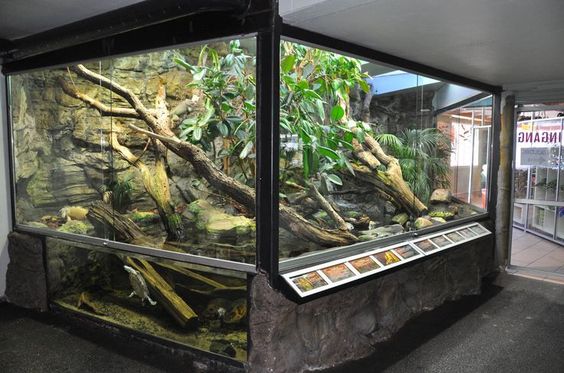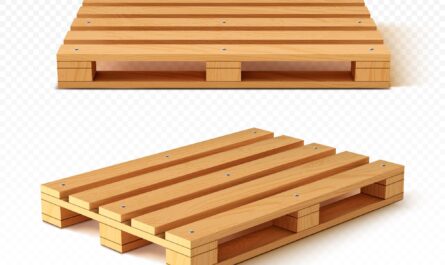Introduction
Reptiles make wonderful pets and with the right enclosure can thrive in a captive environment. However, choosing the right Reptile Enclosure and setting it up properly is absolutely essential to keeping your reptile happy and healthy. This article will cover the key factors to consider when building a reptile enclosure, including size, substrate, heating, lighting, hiding spots and more. With the right planning and materials, you can create the perfect home for your scaly friend.
Size Matters
When it comes to enclosure size, bigger is always better. Reptiles need ample space to move around, explore and feel secure. The minimum enclosure size should be at least 10 gallons for small species like leopard geckos or crested geckos. For larger species, such as bearded dragons, minimum enclosure size is 40 gallons as adults. It’s also important to remember that most reptiles continue growing over their lifetimes, so choose an enclosure that can accommodate future size increases. Larger spaces allow for temperature and humidity gradients, more decoration choices and give reptiles space to retreat if necessary.
Creating the Right Environment
optimal temperature, lighting and humidity levels are essential to keep your reptile healthy. Most species require both a “hot spot” and cooler area to thermo regulate themselves. Establish the hot spot with an under tank heater, heating pad or ceramic heat emitter, and use a quality digital thermometer to monitor surface and ambient temps. Proper lighting is also crucial – UVB lighting is needed by most species to synthesize vitamin D3 and calcium. Place lights overhead on a timer to mimic natural daylight cycles. Additionally, maintain appropriate humidity levels depending on species through misting, climate control or substrates like orchid bark or cypress mulch that hold moisture well.
Decorating for Success
Here are some tips for habitat decoration and enrichment:
– Use safe, non-toxic substrates like paper-based beddings, aspen shavings or textured tile to maintain good hygiene.
– Add driftwood, rocks, vines or branches for climbing, stretching and mimicking natural surroundings.
– Provide plenty of hiding spots with hides, logs or clutter to help reptiles feel secure.
– Include live or artificial plants for added coverage and visual interest.
– For arboreal species, include tall branches or shelves mounted on walls for climbing and basking.
– Consider a deep layer of substrate for burrowing or ground-dwelling species to dig.
– Change up decoration occasionally to prevent boredom and encourage activity.
Feeding & Water Stations
Place feeding and watering areas well within the enclosure for easy access by your reptile. Feeding stations can be as simple as small disposable food bowls. Water bowls or bottles should be large enough for soaking and equipped with platforms or lips to prevent tipping. Clean water is vital and bowls should be deep enough that tipping is unlikely. Mist or soak hydration-dependent reptiles daily. Position food and water away from basking lights and moisture gradients to prevent overheating or contamination.
Cleaning & Maintenance
Keeping enclosures clean is important for preventing disease. Remove waste daily or twice weekly with spot cleaning between full enclosure cleanings. Thoroughly scrub water bowls, food dishes and features weekly with dilute bleach solution and allow drying completely before returning items. Replace soiled substrates at minimum monthly or as needed. Aim to handle cleaning sensitively to minimize stress to your reptile. Routine spot-checking of temperatures and humidity is also advised using a quality thermometer/hygrometer.
Common Mistakes to Avoid
When setting up a reptile home, beware of some potential pitfalls:
– Using substrate that may impaction risks like unbound particles, sand or carefresh.
– Inadequate heating options or unreliable thermostats.
– Lack of hides or coverage for feeling secure.
– Poorly placed lighting that causes overheating.
– Small enclosures restricting movement and thermoregulation.
– Unsuitable tankmates creating aggression issues.
– Lack of fresh water, spot cleaning or full enclosure maintenance.
– Harsh chemical cleaning products instead of dilute bleach solution.
Overall, With careful consideration given to size, temperatures, lighting, hides and decor, you can create the perfect enclosure for your reptile friend. Doing your research on species-specific needs will help ensure comfort and optimal health. With diligent cleaning and maintenance routines, your scaled pet will appreciate a hygienic living space for many happy years together. Let me know if you have any other reptile care questions!
*Note:
- Source: CoherentMI, Public sources, Desk research
- We have leveraged AI tools to mine information and compile it



